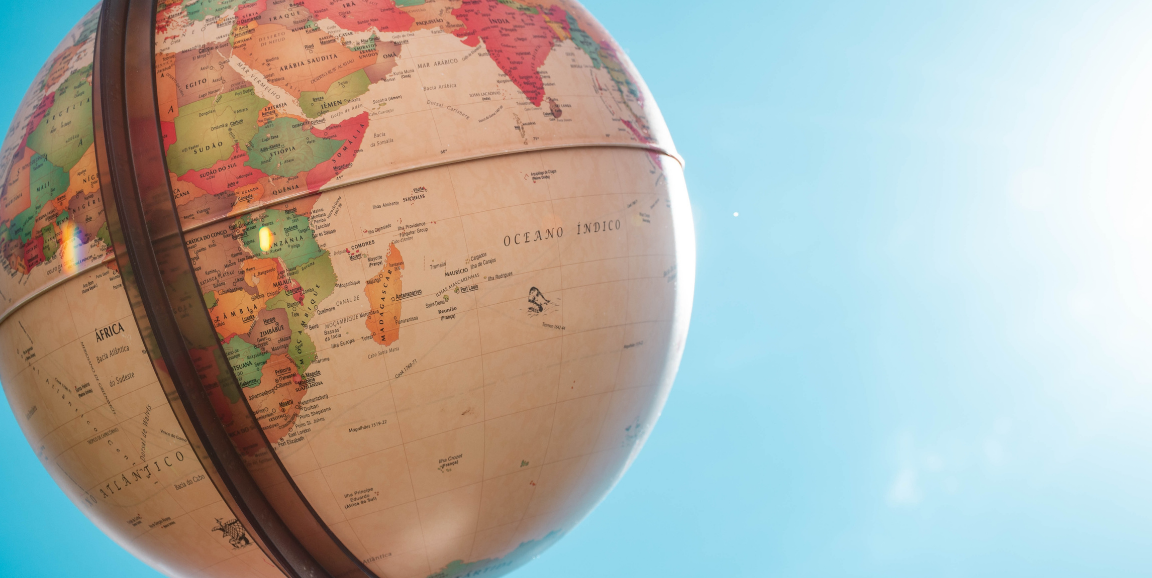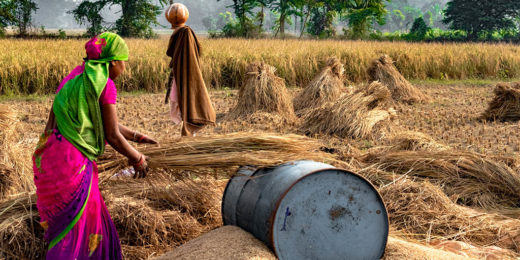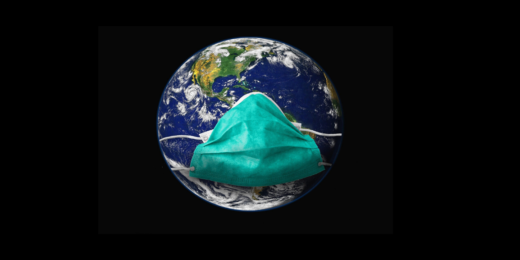While high-income countries have erupted into uncontrolled spread of COVID-19, many low-and-middle-income countries have fared far better. This hasn't gone entirely unnoticed, but observations overwhelmingly fit a common refrain: their populations are younger, their death counts are incorrect, their gathering spaces are outdoors, their winters are mild.
In other words, they lucked out. The real picture, however, is much more complicated.
Countries in Africa and Asia benefitted much more from ingenuity, preparation, and strong leadership than from good circumstance. Even if there are miscounted deaths, their community teachings of outbreak prevention has helped hospitals from being overwhelmed.
Our inherent dismissiveness of these successes is a colonial artifact -- a deeply seated attitude in global health that cuts both ways. Comparing these public health successes to the failures of high-income countries evinces a plain truth: we have much to learn from the places we so readily criticize.
Inequalities in academic global health
Just as the world discounts the pandemic responses of lower income countries, we in academic medicine undervalue our colleagues and institutions in these regions.
Underlying notions of superiority have created relationships that do little to further health outcomes, and the institutions claiming to offer a helping hand often walk away as the primary beneficiary.
These unilateral tendencies are especially true for clinical education in global health, a topic I recently commented on in Academic Medicine with colleagues from Yale and Makerere University in Uganda.
Global health education often occurs in a common format: institutions in high-income countries send clinicians to institutions in low-income countries. In theory, the low-income partner receives the benefit of learning from visiting expertise and an extra pair of hands, while the clinician gains experience with tropical diseases and bedside diagnosis by working in under-resourced settings.
Things rarely work out this way.
For myriad reason, the low-income partner often gives more than they receive. Precious resources are spent training, educating, housing, and transporting the clinician, only to have the clinician leave before the fruits of all these efforts -- a locally trained and culturally effective doctor -- can actually be reaped. After a short stint abroad, the clinician returns home with a valuable experience under their belt, while the partner organization is left with exhausted resources, impractical and frequently condescending suggestions, little-to-no applicable knowledge, and, too often, an underlying feeling of disrespect.
So what does an equitable version of this relationship look like?
"It starts in the beginning, in the underlying intent and design of these programs," says Harriet Mayanja-Kizza, MD, former dean of Uganda's Makerere University and co-author of our recent article. She explained:
The aim should not be to just do good. The point should be to look at different health care settings and training systems on both sides of the tracks, see what they can adopt and learn to best improve the health outcomes of populations irrespective of their socioeconomic settings.
When we see that the value of this work is not charity but a mutual benefit, we can begin to inch closer to an equal exchange, with both organizations receiving as many students as we are sending. To get there, we must shed the racist notion that students from high-income countries provide a service and others do not.
The work done by students in both settings should also be of use to the host institution.
"We have had visiting students write algorithms for management of meningitis and pneumonia not realizing that we knew what to do but resources were limited," said Mayanja-Kizza. "They put our resources to use in an attempt to try to model our health care systems to theirs during their brief visits, sometimes taking up space, time from nurses and staff and precious supplies like IV fluids and oxygen for unessential activities. "
Commitment to equitable partnerships
At the Stanford Center for Innovation in Global Health, we are committed to equitable partnerships and to decolonizing the field of global health. Through programs like our Global Health Equity Scholars Fellowship and Human and Planetary Health Fellowship, both which requires that at least 50% of participants are from low-and-middle-income countries, and our Stanford/Yale Global Health Scholars Program, where we have trained physicians from abroad at Yale and Stanford.
But there is still more work to be done.
"If equity is not at the center of our academic partnerships, we maintain a paradigm that is rooted in a colonial dynamic, and which is no longer tolerable as the status quo," says co-author Tracy Rabin, MD, director of the Office of Global Health at Yale.
Thanks to the pandemic, we now have a moment to reflect and reexamine these relationships, and I recommend starting with understanding the colonial history and examining just who benefits from these experiences.
It's also important to learn lessons from what have been commonly called developing countries, such as Vietnam and Rwanda, which have acted fast and leaned on their impressive public health systems to reduce the spread and treat COVID-19. They have much to teach the U.S. and our medical students and residents about controlling the pandemic.
Michele Barry, MD, is the director of the Center for Innovation in Global Health at Stanford. Writing support was provided by Lucas Oliver Oswald, global health communications manager.
Photo by Lucas George Wendt






